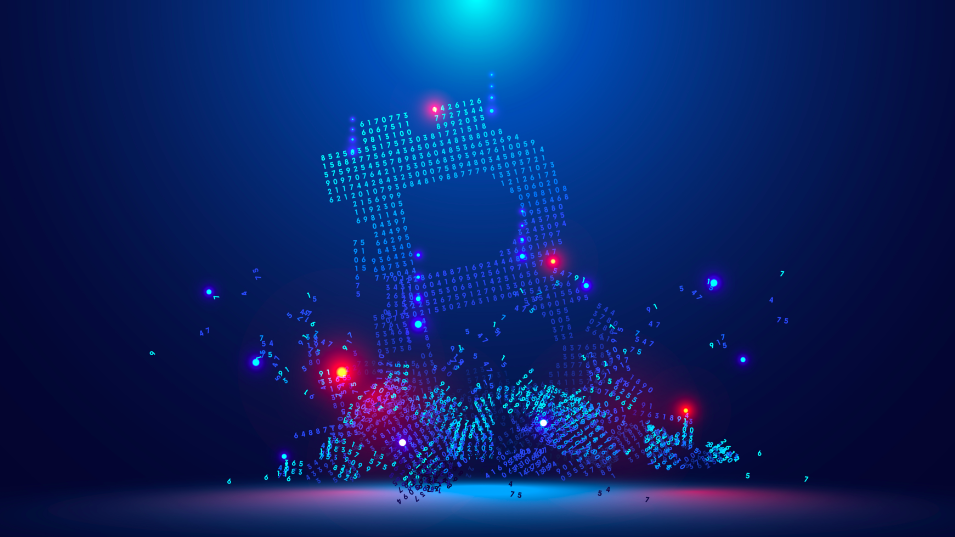Integrating AI-generated game assets into blockchain games represents a cutting-edge approach to game development, offering the potential to create unique, dynamic, and valuable in-game items.
By leveraging Zloadr's suite of tools, particularly the Token Maker tools like the ERC1155 NFT Creator, developers can tokenize these assets, ensuring their uniqueness and ownership on the blockchain. This guide provides a step-by-step walkthrough of how to accomplish this integration, transforming digital art into valuable and tradable blockchain assets.
Step 1: Create Your AI-Generated Game Assets
- Action: Utilize AI tools and software to generate unique game assets. This could range from characters, weapons, items, to landscapes.
- Details Needed: Ensure the assets align with your game's theme and are in suitable formats (e.g., PNG, JPEG) for tokenization.
Step 2: Prepare Your Assets with the Token Meta Generator Tool
- Action: Use Zloadr's Token Meta Generator Tool to prepare your game assets for tokenization. Input details like NFT Title, Description, and upload the generated image.
- Details Needed: Include a descriptive title, a detailed description highlighting the asset's features, and high-quality images of the asset.
Step 3: Tokenize Your Assets Using the ERC1155 NFT Creator Tool
- Action: With your metadata link from Step 2, proceed to the ERC1155 NFT Creator Tool on Zloadr.
- Token Details: Enter the name, symbol, and total supply for your NFTs. Use the metadata link from the Token Meta Generator Tool.
- Generate the Contract: Click on "Generate Contract" to create your NFT contract based on the provided details.
- Generate ABI: After the contract is generated, create your token's ABI (Application Binary Interface), which is essential for interactions with the blockchain.
- Publish Token: Finalize by publishing your token. Click "Publish Token and Create ERC1155 NFT Token" to make your NFT officially live on the blockchain.
Step 4: Verify and Test
- Action: After publishing, verify the token address and transaction details to ensure everything is in order. Conduct test transactions to confirm the functionality and visibility of your NFTs within the game.
Step 5: Integrate into Your Blockchain Game
- Action: Integrate the tokenized assets into your blockchain game's ecosystem. This involves smart contract interactions to assign and transfer NFT ownership based on in-game activities.
- Details Needed: Develop in-game mechanics that utilize the NFTs, such as trading systems, ownership records, and usage rights for players.
Step 6: Launch and Monitor
- Action: Launch your game with the integrated NFT assets. Monitor the blockchain transactions to ensure the smooth functioning of the tokenized assets.
- Details Needed: Keep an eye on the game's performance, player interactions with NFTs, and the overall blockchain activity related to your game.
By following these steps, game developers can seamlessly integrate AI-generated game assets into blockchain games, enhancing the gaming experience with the uniqueness and security offered by NFTs. This not only adds a layer of depth to the gameplay but also opens up new avenues for players to own, trade, and invest in in-game assets.
